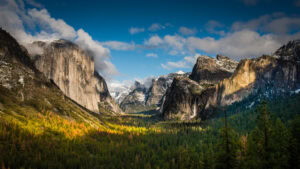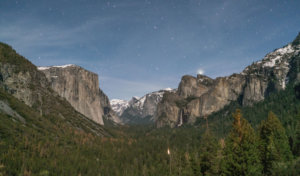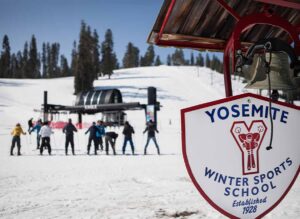Often, the planning and packing stages of a trip are just as much fun as the trip itself. This is especially true for Yosemite National Park, where you’ll want to make sure you’re well-prepared for everything nature can throw at you. When you’re considering a trip to Yosemite, there are several essentials that will help you not only stay safe but also have a good time in nature’s paradise.
Of course, there is no one catch-all packing list for Yosemite. The time of year you’re visiting the park, how long you’re staying and what you plan to do all factor into what you’ll need to bring (or not bring). Someone climbing Half Dome on a two-week trip will need decidedly different items than someone out for an afternoon of sightseeing on the valley floor. Still, there are some essentials that will help you have a safe and enjoyable time in the park, regardless of season and length of trip.
What to Pack for Yosemite
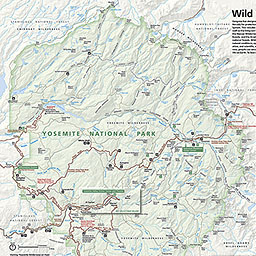
Paper maps: Whether you’re here for a day or a month, a map is essential to getting around in Yosemite National Park. Yes, there are great smartphone apps and reliable GPS units out there, but we all know technology can fail at the worst times, which makes a backup map a crucial addition to your backpack. Pick up weatherproofed/laminated maps at your local outdoors store or print out PDF maps from our Yosemite Maps page. A map is always provided at the entrance station as well.
Water: The general rule of thumb for survival is one gallon of water per person, per day. Out in the wilderness, however, this can increase, with outdoors experts recommending between a half and full liter of water per hour when you’re hiking. Hydration backpacks are a great way to tote your water around. In a pinch, you can bring water purification tablets or water bottles with a built-in filter to drink from local creeks and moving streams (never stagnant water), but this should be considered a last resort. Always make sure there is water accessible on your trail before you head out.
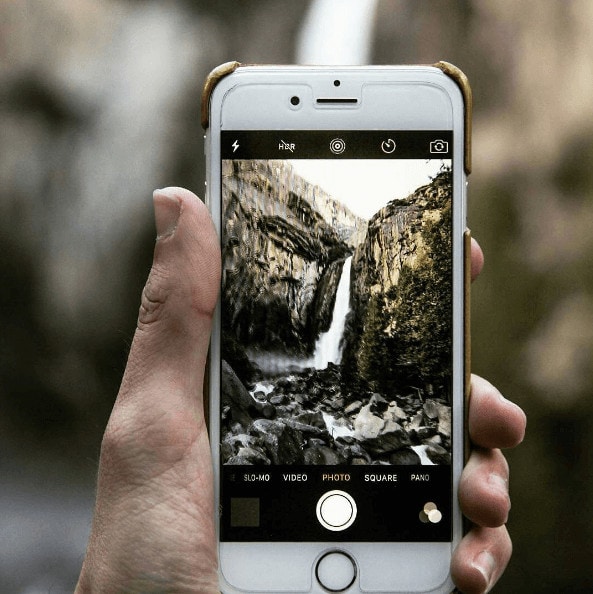
Cellphone: While cell service can vary from spotty to non-existent in certain corners of the region, it’s still a good idea to carry a fully charged cellphone with you on any trip to Yosemite. If you get lost or separated from your party, it can be a lifesaver.
Calorie-dense snacks: Even if you’re just planning on a quick hike, it’s important to stay fueled while discovering Yosemite National Park. Trail mix, granola bars, protein bars or jerky can provide a quick boost when you’re starting to fade on the trail.
Broken-in boots: Most everyone who has seen the movie or read the book “Wild” knows that it’s a really, really bad idea to bring new hiking boots on a longer hike. They can be stiff and uncomfortable during the breaking-in period and lead to a great deal of physical pain. So, make sure to wear comfortable, properly broken-in shoes or boots on your next Yosemite visit, and leave your sandals at camp.
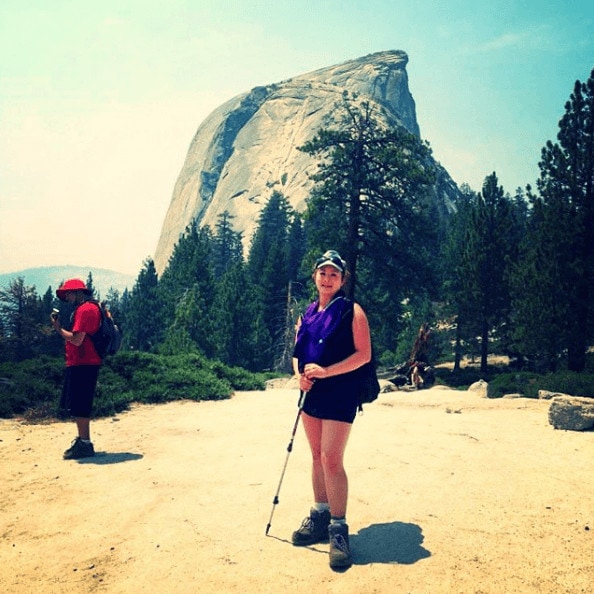
Other gear: Rain shells are both lightweight and easily packable and can come in handy if you get caught in a quick spring or summer downpour. It’s also important to dress in layers throughout the year in Yosemite. Even when temperatures climb into the 90s in the summer, our nights and mornings can be unexpectedly cool. Hats and sunglasses are also vital to protect you from the sun, as is a high-SPF sunblock. You might also consider packing bug repellent spray – but keep in mind bear spray and is a no-no in Yosemite National Park. In fact, it’s considered a weapon, so bring all the Bug Off you want, but leave the bear spray at home. Bear bells should also be left at home. Bells are for grizzly bears, which don’t live in Yosemite. The American Black Bear is largely docile and does not attack people. Bringing these bells will likely just annoy other hikers. Flashlights, whistles to alert others to your location and a basic first aid kit should also be considered. Lastly, pack a head lamp in case your hike takes longer to complete than expected.

Camera: Is a camera essential for a trip to Yosemite? If you’ve ever witnessed the majesty of Half Dome in winter or Bridalveil Fall in the late spring, you might agree it is. You don’t need to bring a massive DSLR and a bag full of lenses to capture the natural beauty of the area. In good light, a simple point and shoot camera with wide and telephoto settings should be sufficient to create lifelong memories.
When you do start planning your trip to Yosemite Mariposa County, don’t forget to download our free vacation planner, which is filled with tips on lodging, dining and things to do.
See you soon!


